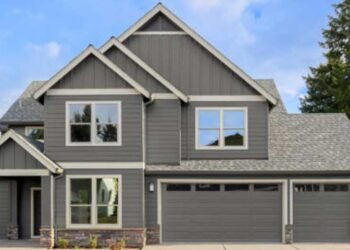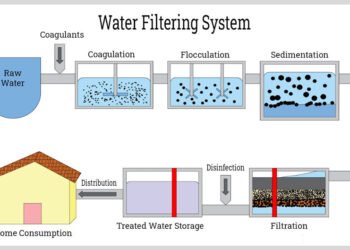Choosing the right boundary sections for your property involves more than just aesthetics. A well-chosen fence can enhance privacy, improve security, and elevate the overall appeal of your space, making landscape fencing panels a smart and stylish solution. To ensure the best outcome, it’s essential to consider several key factors. This guide explores these considerations in detail to help you make an informed decision.
Purpose of the Fence
The first step in selecting fence panels is to identify their primary purpose. Solid panels with minimal gaps are ideal for privacy as they block visibility and create a secluded space. Security-focused fencing often includes durable materials and designs that deter intrusions, such as tall or reinforced panels.
If aesthetics are your priority, consider decorative options that complement your property’s style, such as ornate patterns or sleek finishes. Understanding the purpose ensures that your choice meets both functional and aesthetic needs.
Design and Style Options
When choosing boundary sections, consider design and style to complement your property’s aesthetic. Panels are available in various finishes, patterns, and colours to suit traditional, modern, or eclectic designs. Decorative features, such as lattice tops or slatted styles, add a unique touch to the fencing while maintaining functionality.
Neutral tones are popular for contemporary properties, while wood-like finishes offer a rustic charm. Choosing styles with clean lines or intricate patterns can enhance curb appeal. Aligning the fence’s design with your home’s architecture ensures a cohesive appearance. Thoughtfully selected designs can significantly elevate the overall look of your outdoor space.
Budget Considerations
Your budget plays a significant role in determining the type of enclosure panels you can choose. The cost of materials, panel height, and installation complexity all influence the total expense. For example, wood and chain-link panels are more affordable upfront but may incur higher maintenance costs. Vinyl and aluminium may have higher initial costs but offer long-term savings due to their durability and low maintenance.
Consider installation costs as well, especially for intricate designs or challenging landscapes. Factoring in these variables helps you balance quality and affordability, ensuring your investment is cost-effective in the long run. Thorough research into pricing options can also uncover deals or discounts that help stretch your budget further.
Height and Size Requirements
The height and size of your fence are critical factors determined by both functionality and regulations. The purpose of the fence often dictates its height. Taller panels (1.8 metres or more) are typically used for privacy, while decorative or boundary fences may be shorter.
Security-focused fences might also require added height and sturdiness to prevent unauthorised access. Local building codes often specify maximum allowable heights in urban or residential areas. Understanding these requirements ensures your fence serves its intended purpose while adhering to legal guidelines. Factoring in your property’s layout and visibility needs can further refine your height and size preferences.
Maintenance Needs
Different materials require varying maintenance levels, which should be a key consideration when selecting perimeter panels. Wood fences, for instance, need regular staining or sealing to protect against weather damage, whereas vinyl requires minimal cleaning to retain its appearance.
Aluminium panels are rust-resistant and require little upkeep, making them a popular low-maintenance option. Assessing your willingness and ability to perform maintenance can help guide your choice. Opting for materials that align with your maintenance preferences ensures the fence remains durable and visually appealing. Consistent care also prevents costly repairs or early replacements.
Weather Resistance
Weather conditions significantly impact the longevity and performance of barrier segments. Evaluating how materials withstand different climates ensures durability and reliability. Rust-resistant materials like vinyl or aluminium are ideal for areas prone to heavy rain. Wood may warp or rot in wet conditions if not properly treated, while extreme sun exposure can cause fading or cracking.
Coastal areas where salt exposure is common require materials that resist corrosion. Selecting panels designed to endure your local climate reduces the risk of damage and extends the life of your fence. Opting for weather-resistant designs also adds peace of mind for long-term use.
Local Regulations and Permits
Before installing privacy screens, it is crucial to review local regulations and obtain necessary permits. Building codes often specify allowable heights, materials, and installation practices to ensure safety and compliance. For example, shared boundary fences may require approval from neighbouring properties, and taller panels may need additional permits.
Ignoring these rules can lead to fines, delays, or forced modifications. Familiarising yourself with local requirements helps streamline the installation process and ensures your fencing project proceeds without complications. Consulting with professionals or local authorities can clarify specific rules in your area. Proper compliance also prevents potential disputes with neighbours or officials.
Selecting the right fence panels involves careful consideration of purpose, material, budget, and local regulations. By evaluating these factors and understanding maintenance and weather resistance, you can choose panels that meet both your practical and aesthetic needs. A well-planned fencing solution enhances your property’s functionality and adds lasting value and appeal. Thoughtful planning ensures a durable and visually appealing addition to your outdoor space.












